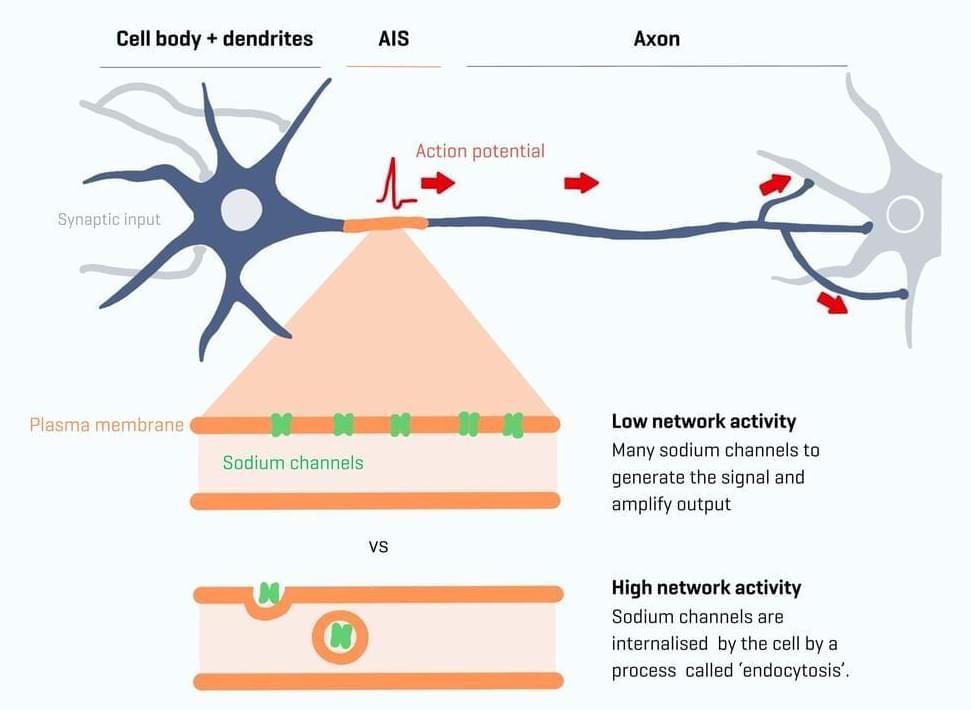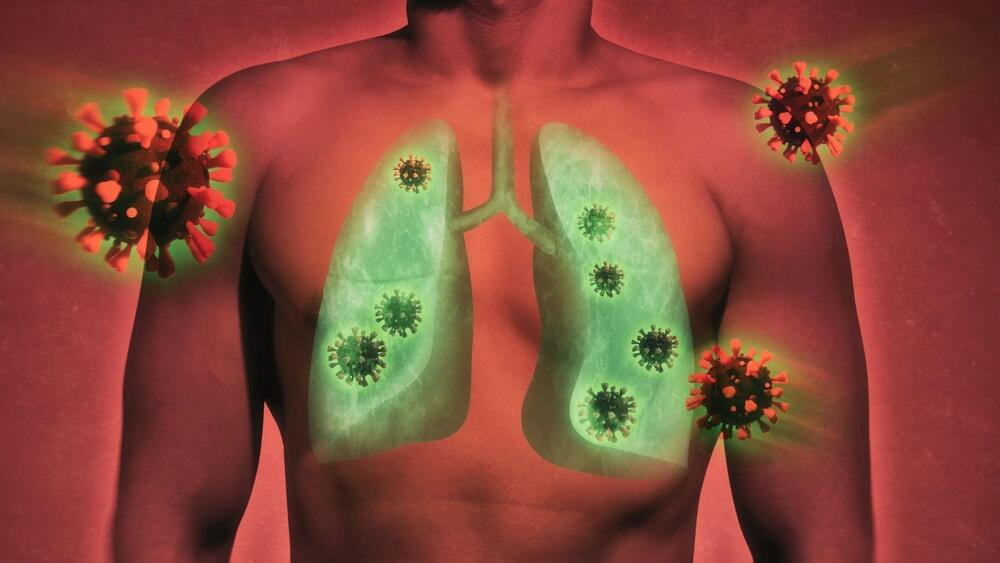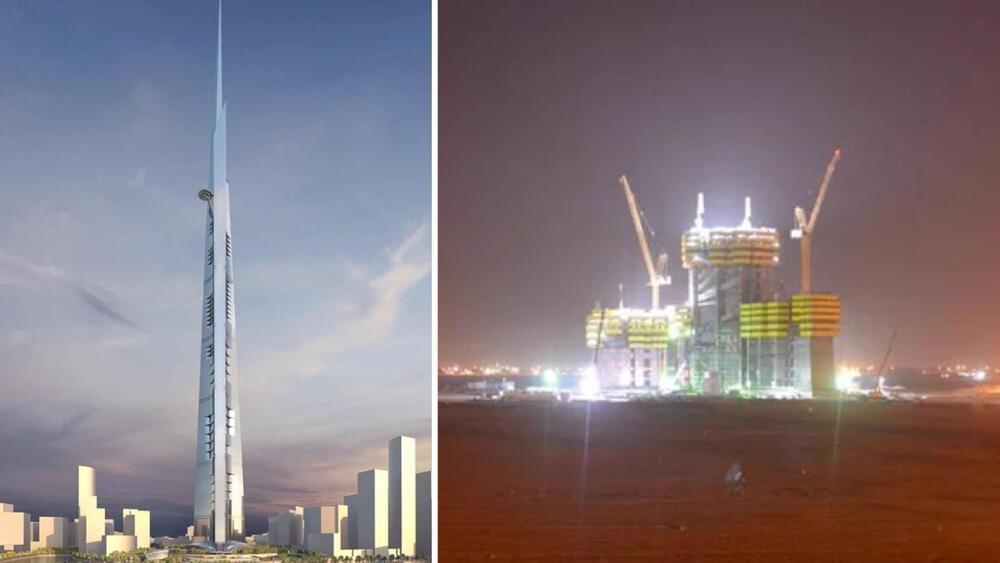Researchers from the Netherlands Institute for Neuroscience have, for the first time, witnessed nerve plasticity in the axon in motion.
Our nerve cells communicate through rapid transmission of electrical signals known as action potentials. All action potentials in the brain start in one unique small area of the cell: the axon initial segment (AIS). This is the very first part of the axon, the long, thin extension of a nerve cell that transmits signals or impulses from one nerve cell to another. It acts as a control center where it is decided when an action potential is initiated before traveling further along the axon.
Previously, researchers made the surprising observation that plasticity also occurs at the AIS. Plasticity refers to the brain’s ability to create new connections and structures in order to scale the amount of electrical activity, which is crucial for learning and memory. AIS plasticity occurs during changes in brain network activity.






